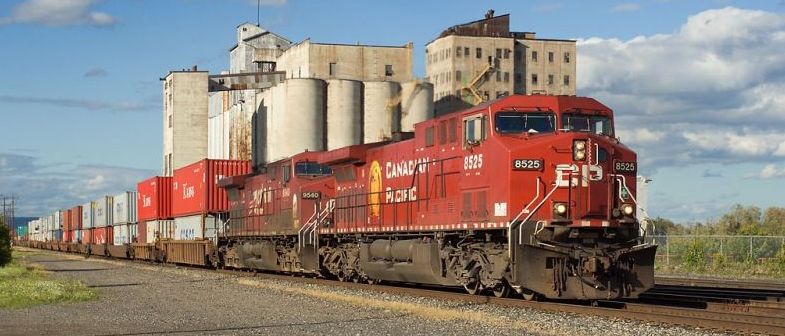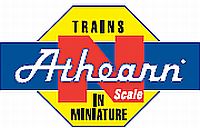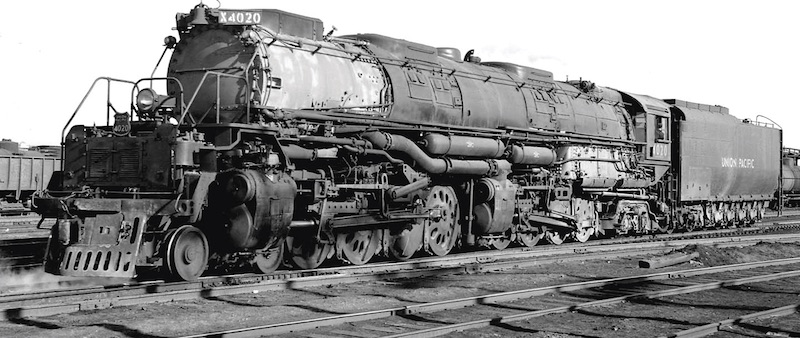
Train Addiction Help Line: 1.866.840.7777
Athearn - N Scale - 4-8-8-4 Big Boy Locomotive - DCC Equipped w/Tsunami Sound - Union Pacific (UP) # 4019 - With Smoke Deflectors (SKU 140-22903-run2)
Available On: July 1, 2017

Overview
The Union Pacific's Overland Route, the eastern portion of the Transcontinental Railroad, was built west from Omaha, across Nebraska and Wyoming, and on into Utah. The steepest grade was the eastbound climb on the Echo Canyon line through the Wahsatch Mountains just east of Ogden, Utah.
Forty 4-6-6-4 Challenger locomotives were acquired in 1936 and 1937 to move fast freight over the grades in Utah and Wyoming. They were rated at 4,290 tons across Wyoming, but were limited to 3,100 tons eastbound through Echo Canyon. Union Pacific wanted something that could make the same speeds as the Challengers but could carry the entire 4,290-ton train over the Wahsatch Mountains without a helper. The easiest solution was to scale up the successful Challenger design by adding another pair of drivers to each half of the locomotive thus making a 4-8-8-4.
In 1941 UP placed an order for twenty 4-8-8-4's, numbered 4000 through 4019, with the American Locomotive Works. Each engine cost $265,174. According to legend an unidentified machinist at the ALCO plant is responsible for the name "Big Boy", having scrawled the name in chalk on a partially completed locomotive.
The Big Boys were exactly what the railroad wanted. They were coal burners with 68-inch drivers, 135,375 pounds of tractive effort and 6,000 horsepower. They started service on the line from Ogden to Green River, Wyoming and their operating range soon increased to cover the line all the way to Cheyenne. Traffic during WWII resulted in 5 more Big Boys, numbered 4020 through 4024, being built in 1944. These versions were slightly heavier than the original order due to wartime materials restrictions.
Despite the influx of diesel locomotives following WWII, the Big Boys and Challengers remained the prime power on the Overland Route. They also saw service as helpers, leading gas turbines and diesels over Sherman Hill. They remained active through the 1950's and weren't retired until the early 1960's. By then the first twenty units had been run well over one million miles.
Era: 1940s - 1950s
FEATURES:
- Boiler backhead with full detailing
- Individually applied piping, valves, generators, etc.
- Includes all parts appropriate to this prototype (undec units only)
- Correctly operating eccentric cranks
- Headlights and number boards with directional light change
- Tender light
- Five pole, skewed armature motor with dual flywheels
- Pivoting front and rear engines for negotiating 11" radius curves - 15" radius recommended
- Factory installed onboard sound and DCC decoder
- Hand held remote control for DC operation
- Blackened metal wheels
- MicroTrains operating knuckle couplers installed


$499.98 US